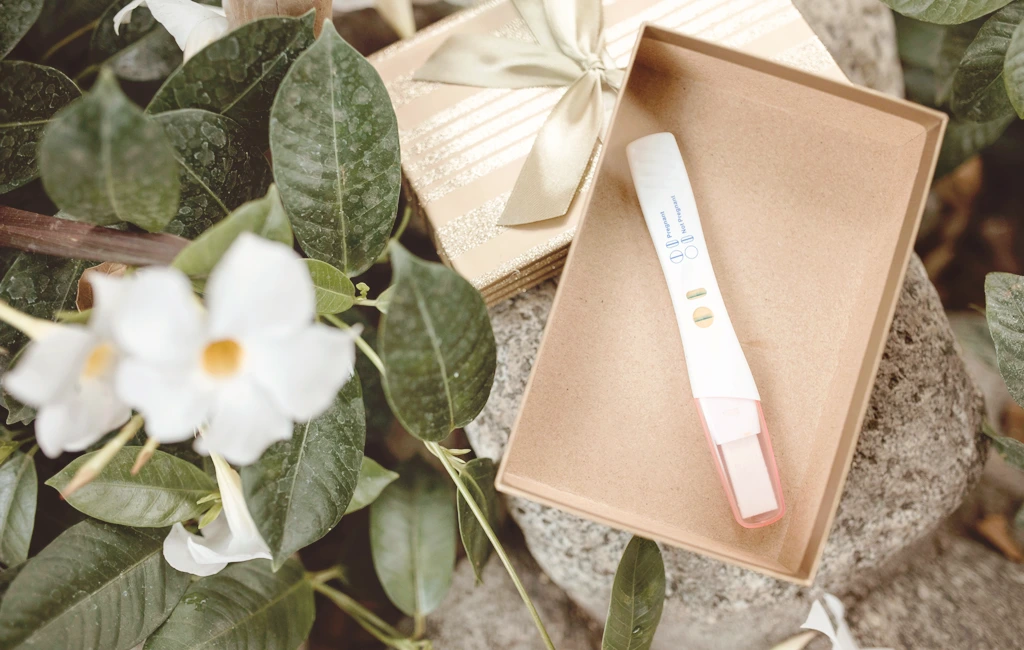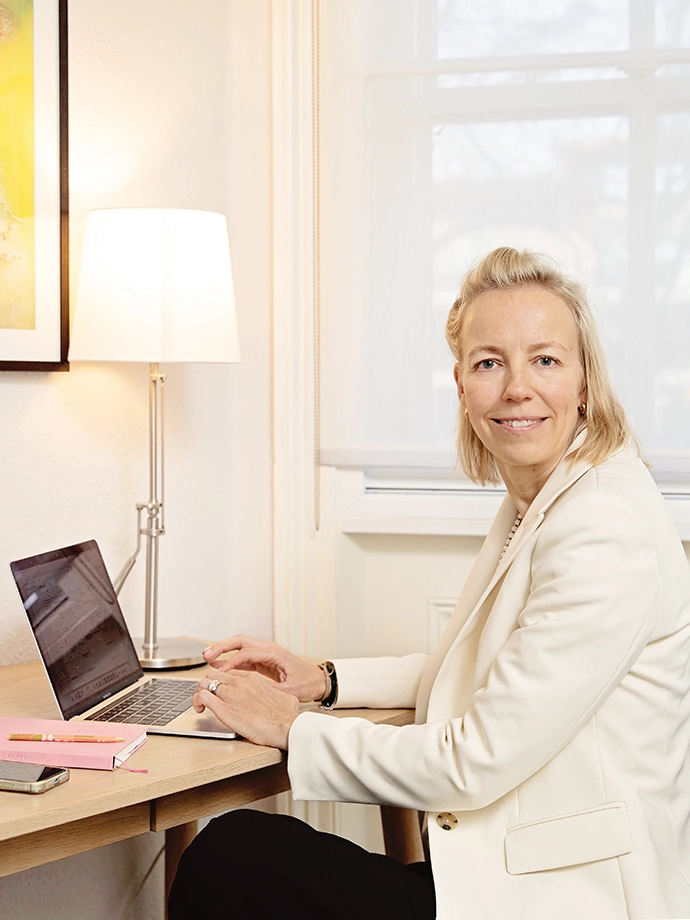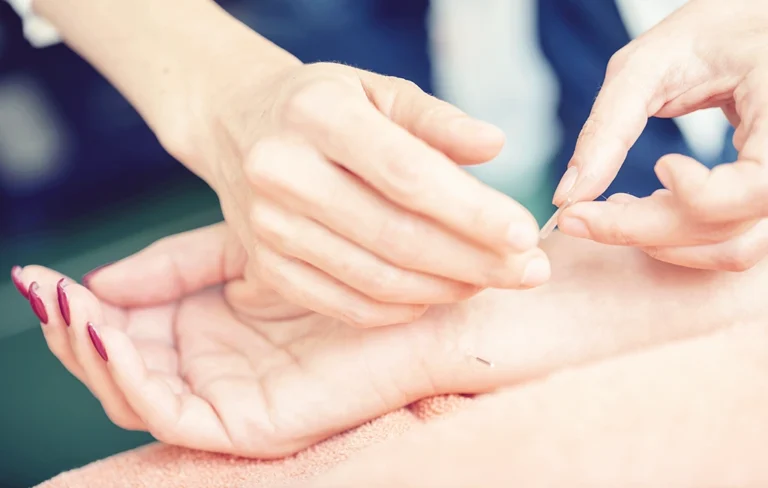In the world of fertility treatments, the integration of acupuncture alongside In Vitro Fertilisation (IVF) has garnered significant attention, offering couples a holistic approach to optimise their chances of conception. While acupuncture’s effectiveness in improving IVF outcomes is well-documented, the timing of acupuncture sessions throughout the IVF process plays a pivotal role in maximising its benefits. In this comprehensive guide, let’s delve into the stages of acupuncture during IVF and the strategic timing of treatments based on research-backed insights.
Understanding the significance of acupuncture in IVF
Acupuncture has emerged as a widely utilised complementary therapy alongside IVF, with research indicating its potential to enhance conception rates and improve pregnancy outcomes. Notably, a seminal study conducted in 1992 revealed that conception rates with acupuncture rose to 42.5% compared to a non-acupuncture control group achieving a success rate of only 26.5%. Subsequent trials and meta-analyses, including a comprehensive review published in the British Medical Journal, further corroborated acupuncture’s positive impact on IVF success rates.
The stages of acupuncture during IVF
To optimise the synergy between acupuncture and IVF, strategic timing of acupuncture sessions is imperative. Let’s explore the ideal stages of acupuncture during the IVF process:
1. Pre-IVF preparation
Acupuncture sessions in the months leading up to an IVF cycle aim to regulate the menstrual cycle, support efficient ovulation, and optimise hormone levels. By working to enhance the function of the uterine environment, acupuncture prepares the body for the upcoming IVF procedure.
2. Down-regulation or pre-stimulation phase
Acupuncture during this phase focuses on ensuring efficient elimination of the old uterine lining, facilitating the development of a fresh, healthy endometrium. Treatment may also target reducing potential side effects of down-regulation medications, such as headaches or hot flushes.
3. Stimulation phase
Acupuncture aims to optimise the quality and function of the uterine lining, supporting its thickening and promoting a healthy blood supply. Patients typically receive acupuncture sessions twice during this phase, with additional treatments tailored to address specific issues if necessary.
4. Embryo transfer
Acupuncture before and after embryo transfer aims to increase blood flow to the uterine lining, enhance receptivity, and reduce uterine contractions or spasms. Research underscores the importance of timely treatment, emphasising that settling for treatments a day before and after may yield no significant benefit.
5. Two-week wait and after
While evidence regarding acupuncture’s impact on implantation rates during the two-week wait is limited, acupuncture may help alleviate anxiety and promote relaxation during this period. Following a positive result, acupuncture until week 12 of the pregnancy is recommended to maintain balance and support a smooth progression of pregnancy.
Conclusion
Strategic timing of acupuncture sessions throughout the IVF process holds immense potential in optimising fertility outcomes. By aligning acupuncture treatments with key stages of the IVF journey, couples can harness the synergistic benefits of this ancient therapy to enhance their chances of conception and embark on the path to parenthood with confidence and hope.








